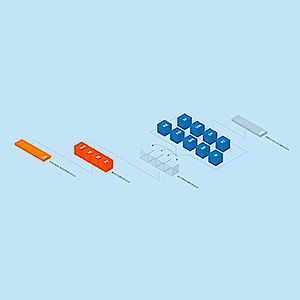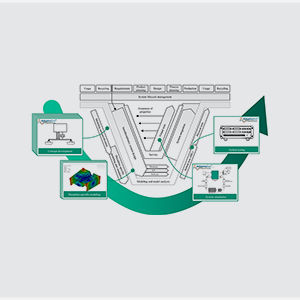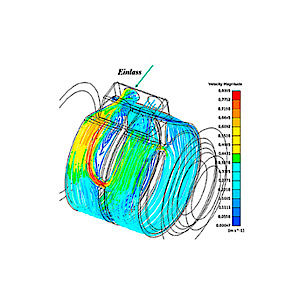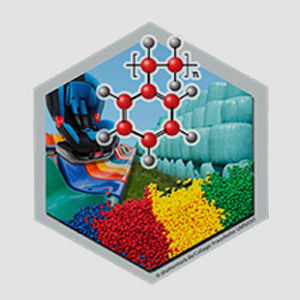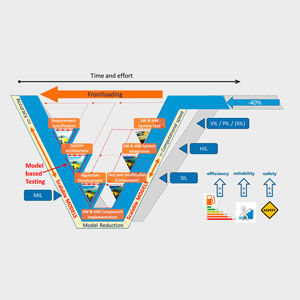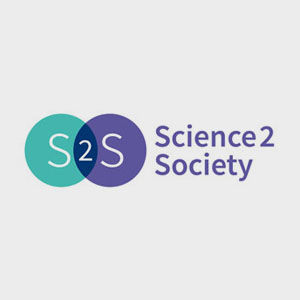Digitalization of development processes made tangible.

Virtually all institutions and companies are facing the challenges posed by the digitalization of the working environment. Small and medium-sized enterprises (SMEs) in particular need to confront tasks that are demanding yet also offer opportunities. As part of the ”Mittelstand 4.0 Competence Center Darmstadt”, we help SMEs to meet these challenges. In the course of the implementation project, we work together with Ergon International GmbH to develop methods and tools for digitalizing the development process for ergonomic bicycle grips.
Grip areas as a human-machine interface
Grip areas are complex human-machine interfaces that are often underestimated in development. When designing grips, there is there is a trade-off between achieving maximum precision in guiding the object being held, and in making the necessary reduction in vibrations transferred to the user. The elements of design freedom available are the geometry of the gripping surface as well as the properties of the relevant material.
Digitalization of the development process as a challenge
Today, grips are often developed in iterative processes. Ergonomics specialists, designers and experts in the production process contribute their expertise. Initial prototypes are developed that are tested and evaluated by test subjects. The evaluation of the prototypes often differs from subject to subject.
To accelerate this development process, a method has been developed that enables an initial evaluation of the properties of bicycle grips using numerical simulations. Taking the input variables (e.g. material) and optimization variables (e.g. local pressure distribution) into account, a virtual numerical model of the contact between the hand and grip was developed, and initial numerical results were generated. In addition to the modeling, the evaluation of the results proved to be challenging.
In a parallel project, experimental studies were carried out to allow the evaluation of the simulation results. In addition to measured accelerations and forces, muscle fatigue was calculated based on electrymyography (EMG).
Faster development process and lower tool costs
The method that has been developed enables a rapid initial evaluation of grips to be made without prototypes. An evaluation by test riders is still necessary, though the number of necessary prototype variants can be reduced. This accelerates the development process and reduces tool and production costs in the development stage.
www.lbf-jahresbericht.de/en/services/prospects/sme-40-competence-center-darmstadt/ and www.kompetenzzentrum-darmstadt.digital/
[1] JEE, Soo-chan & HWAN YUN, Myung. ”An anthropometric survey of Korean hand and hand shape types”. International Journal of Industrial Ergonomics. 2016, vol 53, p. 10–18.
[2] DIN EN ISO 5349-1:2001–12, ”Mechanical vibration – Measurement and evaluation of human exposure to hand-transmitted vibration – Part 1: General requirements”; German version EN ISO 5349-1:2001.
Ergon International GmbH, Koblenz
Partially funded by the Mittelstand 4.0 Competence Centre Darmstadt as part of the funding initiative ”Mittelstand 4.0 – Digitale Produktions- und Arbeitsprozesse”(”SME 4.0 – Digital Production and Work Processes”) by the Federal Ministry for Economic Affairs and Energy (BMWi)
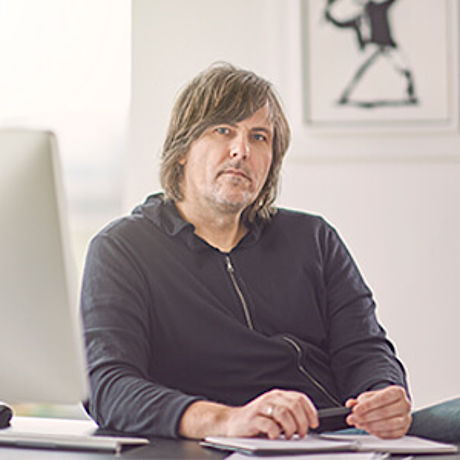
“Digitalization is very helpful to us, which is why we want to build up greater expertise in this area. This development will probably be the first of many with digital support.” Franc Arnold, CEO Ergon International GmbH
Contact
- Dipl. Ing. (FH) Jan Hansmann
- Phone: +49 6151 705-8366
- jan.hansmann@lbf.fraunhofer.de
- Dipl. Ing. Christoph Tamm
- Phone: +49 6151 705-8431
- christoph.tamm@lbf.fraunhofer.de
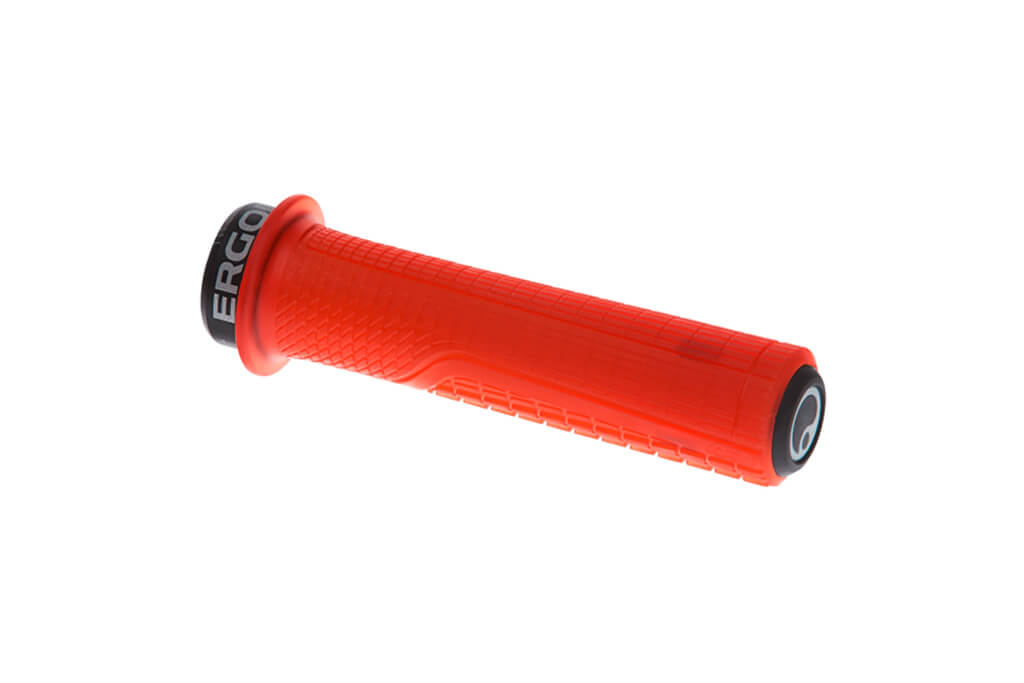
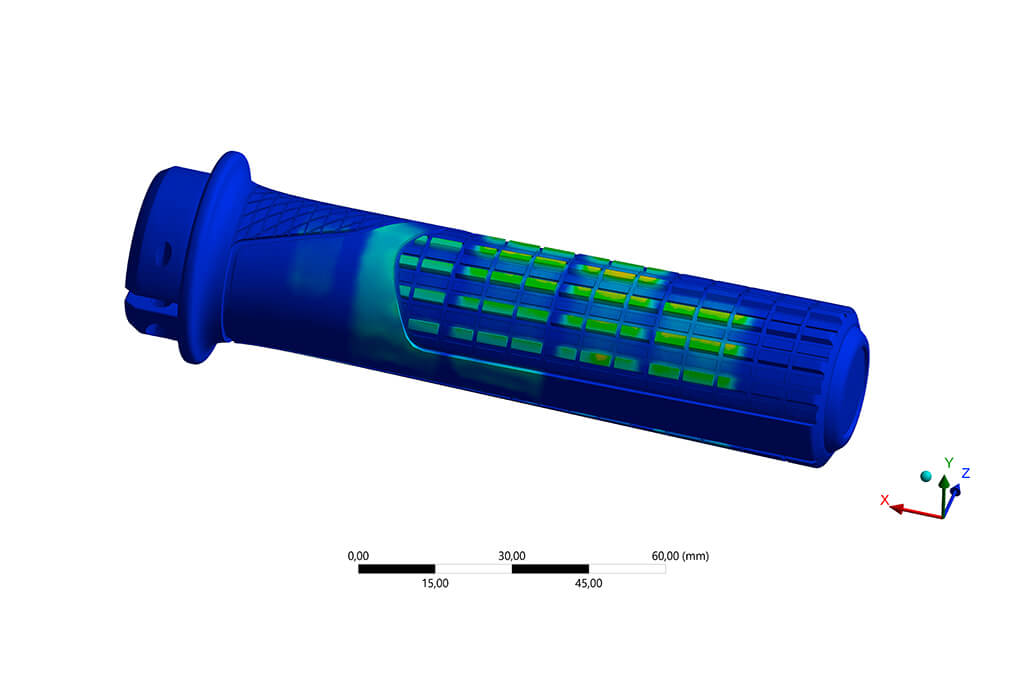
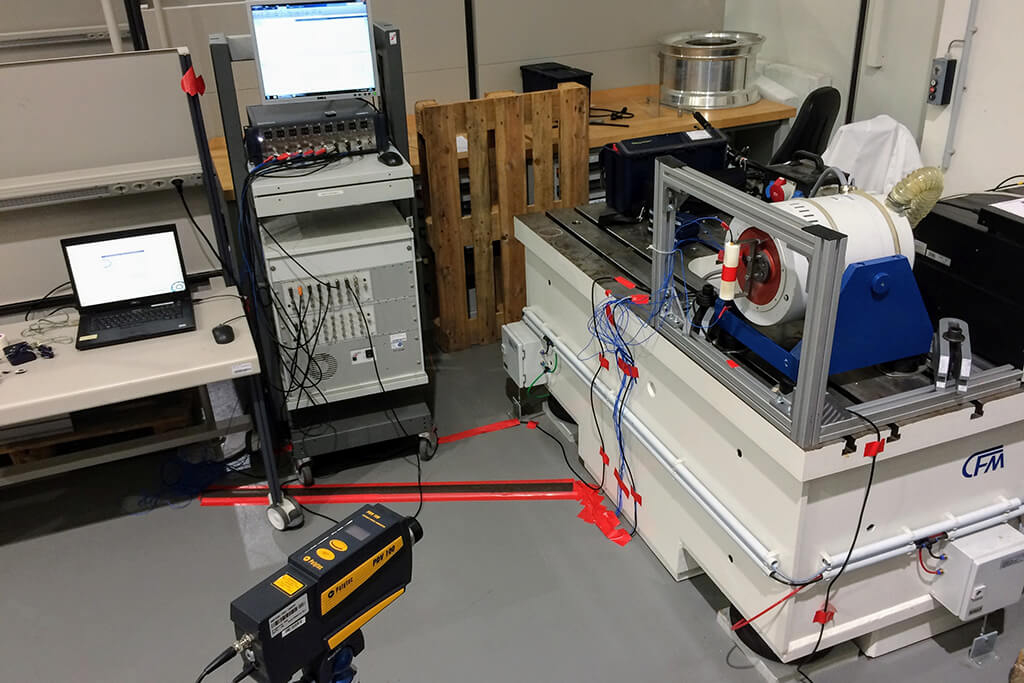
![[Translate to Englisch:] Numerisches Modell von Hand und Griff, mit Abbildungen aus [1] und [2]. (© Fraunhofer LBF)](/fileadmin/user_upload/2018/Perspektiven/Digitalisierung_von_Entwicklungsprozessen_greifbar_gemacht/handgriff-modell_375x225_tiny.jpg)

